Embarking on an outdoor camping trip is one of life's purest joys. Escaping the bustle of city life, leaving behind traffic jams and office stress, and immersing yourself in nature offers a sense of freedom that's hard to beat. For many, one of the highlights of camping is preparing meals under the open sky. Traditionally, campfires and gas stoves have been the go-to methods for cooking outdoors. However, a new trend is reshaping the way we cook during our outdoor adventures: the camper induction cooktop.
More and more campers are turning to induction cooktops for their outdoor culinary needs—and for good reason. In many countries, especially during dry seasons, open flames are strictly prohibited in campsites and forested areas due to the risk of wildfires. This makes traditional campfire cooking not only dangerous but often illegal. Induction cooktops, which operate using electricity rather than an open flame, offer a safe and practical alternative.
What is a Camper Induction Cooktop?
A camper induction cooktop is a compact, portable, or built-in cooking appliance that uses electromagnetic energy to heat pots and pans directly. Unlike gas or traditional electric stoves, induction cooktops don’t heat the cooktop surface — they only heat the cookware. This means faster cooking, higher energy efficiency, and greater safety — crucial benefits in a small, mobile living space.
How Much Energy Does an Induction Hob Use in Practice?
In practice, an induction hob is very energy-efficient compared to gas or traditional electric cooktops. Here's what happens:
Wattage:
Most single induction burners use between 1,200 watts and 2,000 watts when running at full power. You rarely cook on maximum power for a long time. Most meals involve short periods of high power (like boiling water) followed by lower simmering heat.
In real-life cooking, you might average around 500 to 1,000 watts per hour per cooking zone, depending on what you're cooking.
Efficiency:
Induction is about 85–90% efficient. Almost all the energy goes into heating the pan directly. By contrast:
- Traditional electric hobs are ~70% efficient.
- Gas stoves are only ~40–55% efficient (a lot of heat is lost to the air).
Energy Example:
Boiling 1 liter of water on an induction hob takes about 3-4 minutes, using around 0.1 kWh of electricity.
If your electricity costs $0.20 per kWh, that means boiling water costs you about 2 cents.
Related: Do Induction Cooktops Use a Lot of Electricity
Pros of Using an Induction Cooktop when Camping
1. Efficiency and Speed
Induction cooktops heat cookware directly and very quickly, making meal preparation faster and more efficient. This is particularly valuable when camping in colder conditions or when time is of the essence.
Imagine boiling water for your morning coffee or preparing a quick meal in minutes.
This kind of convenience can be a huge help, especially when one has a larger group, or a family with impatient kids.
2. Safety
Fire Safety Compliance
Many national parks, forests, and campgrounds around the world enforce strict no-fire policies. Since induction cooktops generate heat electromagnetically without an open flame, they are often permitted where gas stoves and campfires are banned.
In Australia, fire bans are a serious reality. The risk that a flame or even a small spark from a BBQ or gas burner could ignite a devastating bushfire is higher than many might think. To prevent such disasters, authorities frequently enforce strict fire bans. These bans don't just cover traditional campfires—they also extend to outdoor gas cookers. Ignoring these regulations can result in hefty fines and, in severe cases, even imprisonment.
And induction cooktops stay relatively cool to the touch, greatly reducing the risk of burns — an important factor in the close quarters of an RV or camper van. Most models also come with safety features like auto shut-off, child locks, and overheat protection.
3. Clean and Environmentally Friendly
Induction cooktops produce no soot, smoke, or gas emissions, helping to keep your campsite cleaner and minimizing your environmental footprint.
Unlike gas cooktops, which release methane, benzene, nitrogen dioxide, and other harmful chemicals during use, induction cooktops require very little ventilation. They also avoid generating volatile organic compounds (VOCs) when in operation, making them a healthier and more eco-friendly choice. This is particularly important in fire-restricted areas or indoor spaces where maintaining a clean, smoke-free environment is crucial.
4. Portability and Ease of Use
One of the standout advantages of using an induction cooktop for camping is its portability and ease of use. Unlike gas setups, where carrying bulky gas cylinders or canisters can be a real hassle, induction cooktops offer a much lighter and more compact solution. Most campers already struggle with limited space, so not having to pack a large—or even a small—gas bottle can make a huge difference. Even the smaller canisters that attach directly to portable gas stoves can be awkward and space-consuming when packing.
With an induction cooktop, there’s no need to worry about transporting fuel. Single-burner models typically weigh just 1–2 kilograms, while double-burner units usually come in around 5 kilograms. Their slim, minimalist design makes them even easier to pack and handle. Most induction cooktops feature a flat glass surface with just a few touch-sensitive buttons—no bulky knobs, no grids, no windshields, and no extra parts to deal with. Compared to traditional gas stoves, you'll quickly notice how compact and streamlined an induction cooktop truly is, making it an ideal companion for efficient and hassle-free outdoor cooking.
5. Clean Cooking
Since the cooktop surface doesn’t get extremely hot, spills don’t burn on immediately. Wipe it clean with a cloth, and you’re ready for the next meal — no more scrubbing burnt-on food.
6. Precise Temperature Control
When it comes to cooking, temperature control is everything—especially in the unpredictable conditions of the great outdoors. Unlike traditional gas stoves, induction cooktops are unaffected by wind, ensuring consistent, even heat distribution. This means no more struggling with flickering flames or uneven cooking. In fact, induction cooktops can bring a pot of water to a boil remarkably fast, saving you valuable time compared to gas burners.
Types of Camper Induction Cooktops
When shopping for a camper induction cooktop, you’ll typically choose between two main types:
- Portable Induction Cooktops: Lightweight and easy to store, portable units plug into a standard outlet and can be used both inside and outside your camper.
- Built-In Induction Cooktops: Installed directly into your camper kitchen counter, these models offer a sleeker, more permanent solution, ideal for full-time RVers or serious vanlifers.
What to Look For
When choosing the best induction cooktop for your camper, consider the following:
- Power Requirements: Check the wattage and ensure your camper’s electrical system can support it.
- Number of Burners: Solo travelers might be fine with one burner, but families or foodies might want two.
- Size and Weight: Especially important for portable models.
- Control Features: Look for easy-to-use temperature and power controls, timers, and safety locks.
- Compatibility: Induction cooktops only work with magnetic cookware (cast iron, stainless steel). Make sure your pots and pans are compatible!
Cons of Using an Induction Cooktop when Camping
1. Power Supply Requirements
Most induction cooktops for campers require 110V to 120V AC power. If you're camping off-grid, you’ll need an inverter, battery setup, or generator that can handle the cooktop’s load. Solar power setups can also be an excellent solution, especially when paired with energy-efficient models.
It's important to understand that most campervans operate on a 12V DC electrical system. To use an induction cooktop, you'll need an inverter to convert the 12V DC power into 120V AC power, and you should choose a power inverter capable of delivering 2000W continuously, at the very least.
Additionally, if you are running other 120V devices at the same time—like a blender (350W) or a laptop (45W)—the total power requirement quickly adds up. In this case, using an induction cooktop (around 1800W) alongside other appliances would demand over 2195W, well beyond the safe limits of a 2000W inverter.
For a more stable and hassle-free experience, it’s highly recommended to opt for a 3000W inverter.
2. Limited Cookware Compatibility
Not all pots and pans work with induction. You need magnetic cookware (such as cast iron or induction-compatible stainless steel), which might mean investing in new camping gear. Unlike traditional gas stoves or open fires, induction cooktops use magnetic fields to generate heat. As a result, not all pots and pans are suitable for use on an induction surface.
There are a few ways to tell if cookware is induction compatible. The symbol below is usually visible on the carton, and if you want to check your cookware at home, you can use a magnet. If a magnet sticks to the item, it's a sign that it's induction ready.
You may be interested in: Best Cookware for Induction Cooktop
3. Fragility and Weight
One notable downside of using an induction cooktop for camping is its relative fragility compared to traditional camping stoves. Designed with sleek and compact aesthetics, many induction cooktops feature glass or ceramic surfaces that are more vulnerable to cracks, scratches, or damage if not handled carefully.
To ensure your induction cooktop lasts through many trips, it's essential to exercise caution during transportation, storage, and use. Always secure the cooktop properly in your vehicle to prevent it from shifting or banging against other gear during travel.
Weight is another factor to consider. Portable induction cooktops generally weigh between 2kg and 5kg.
Shop the Best Camper Induction Cooktop- Ciarra Donut
1. Portable and Lightweight
Weighing only 2.1kg (4.63 lbs), this induction cooktop is lightweight and compact, making it easy to carry and store for your camping trips. Its size (11.8 x 11.8 x 3 inches) ensures that it doesn’t take up much space in your gear, perfect for campers looking for a portable cooking solution.

2. Powerful yet Energy-Efficient
With a power output of 1500W (USA) and 2000W (EU/UK), it offers sufficient cooking power to prepare your meals quickly. Induction cooktops are known for their energy efficiency, heating food up to 50% faster than traditional gas or electric stoves. The cooktop only heats the area of the pan, ensuring no wasted energy, which is crucial when you're camping off the grid.
3. 4-Hour Timer for Convenience
The 4-hour timer feature makes it incredibly practical for camping. You can set it in 1-minute increments, allowing for precise control over cooking time. Plus, the safety lock ensures that the cooktop remains secure, preventing accidental adjustments while in use.
5. Even Heat Distribution
The 3D dimensional panel ensures even heat retention and efficient cooking. This reduces cooking times, allowing you to prepare your meals faster—a great advantage when you want to make the most of your time outdoors.
6. Temperature and Power Flexibility
With 8 power levels and a temperature range of 140℉ to 460℉, the cooktop offers flexibility for a variety of cooking needs. Whether you need low heat for simmering or high heat for boiling water, you can easily adjust the settings to suit your cooking style.

7. Easy to Clean
The premium glass surface ensures easy cleanup after meals, so you won’t have to spend too much time scrubbing or worrying about spills when you’re in the middle of your camping adventure.

You may be interested in: How to Use the Ciarra Gadget Single Induction Cooktop
Conclusion
A camper induction cooktop is one of the smartest upgrades you can make to your RV or van kitchen. It’s efficient, safe, compact, and easy to clean — perfect for life on the road. Whether you're cooking a quick breakfast before hitting the trails or whipping up a gourmet meal under the stars, an induction cooktop gives you the flexibility and reliability you need to make the most of your adventures.




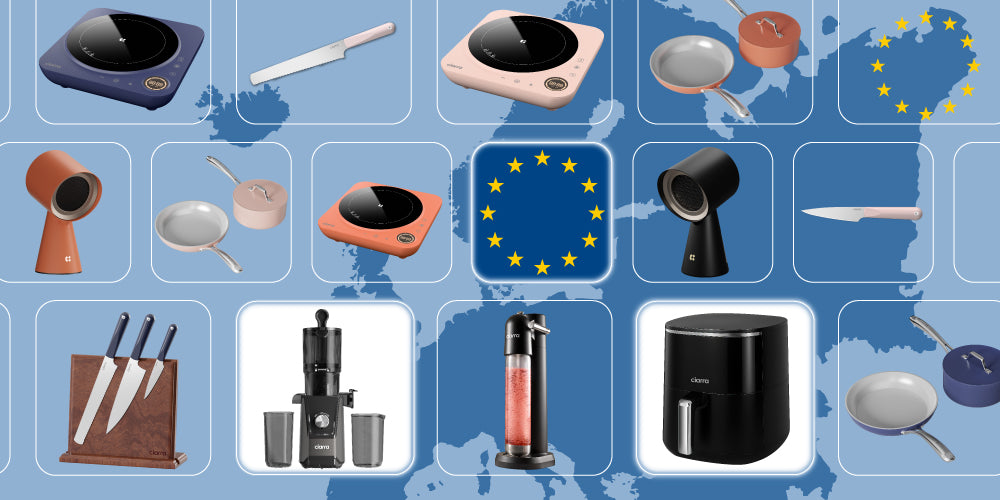
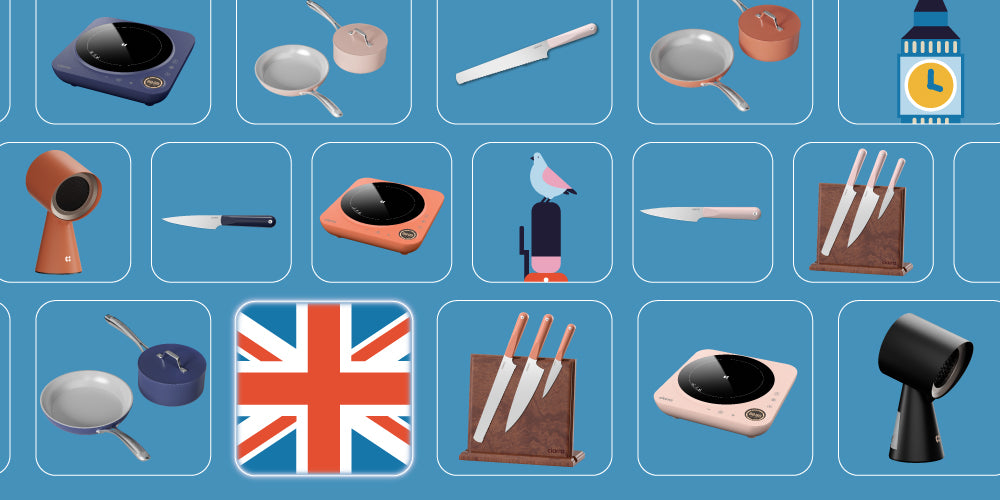
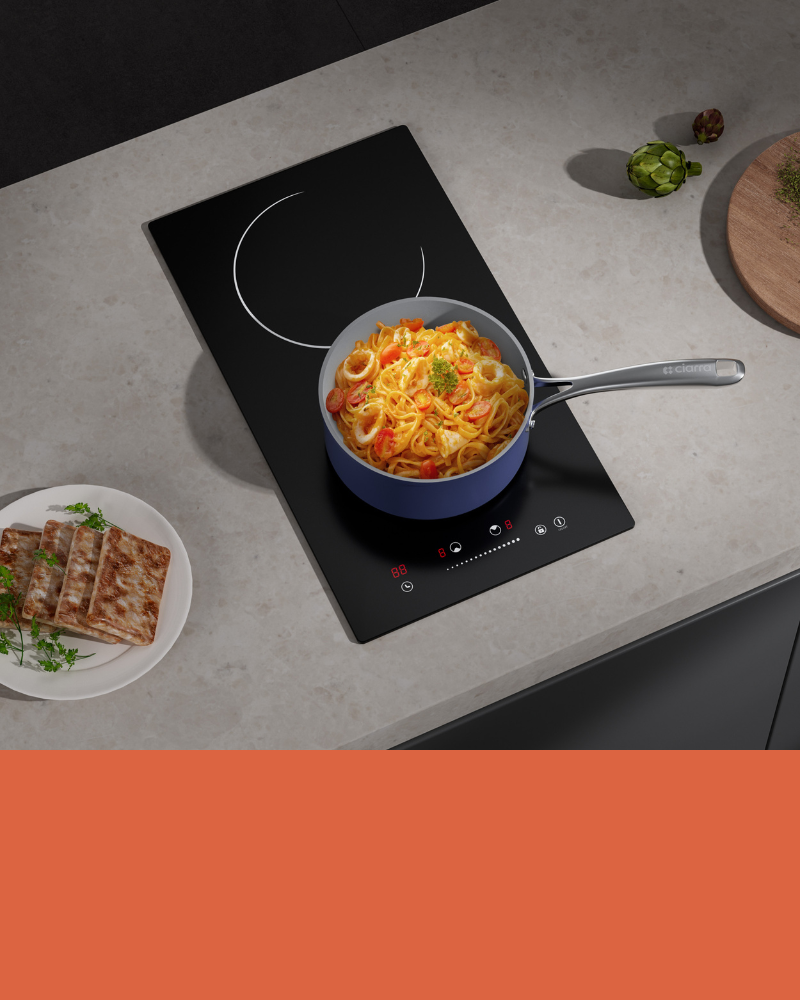
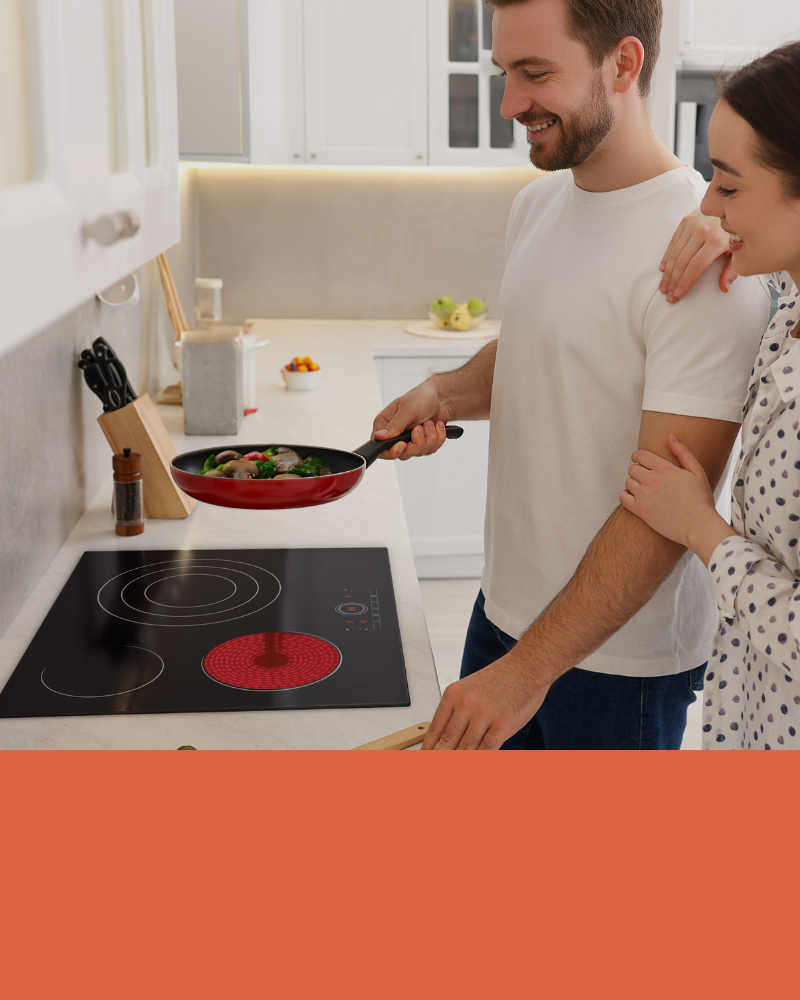
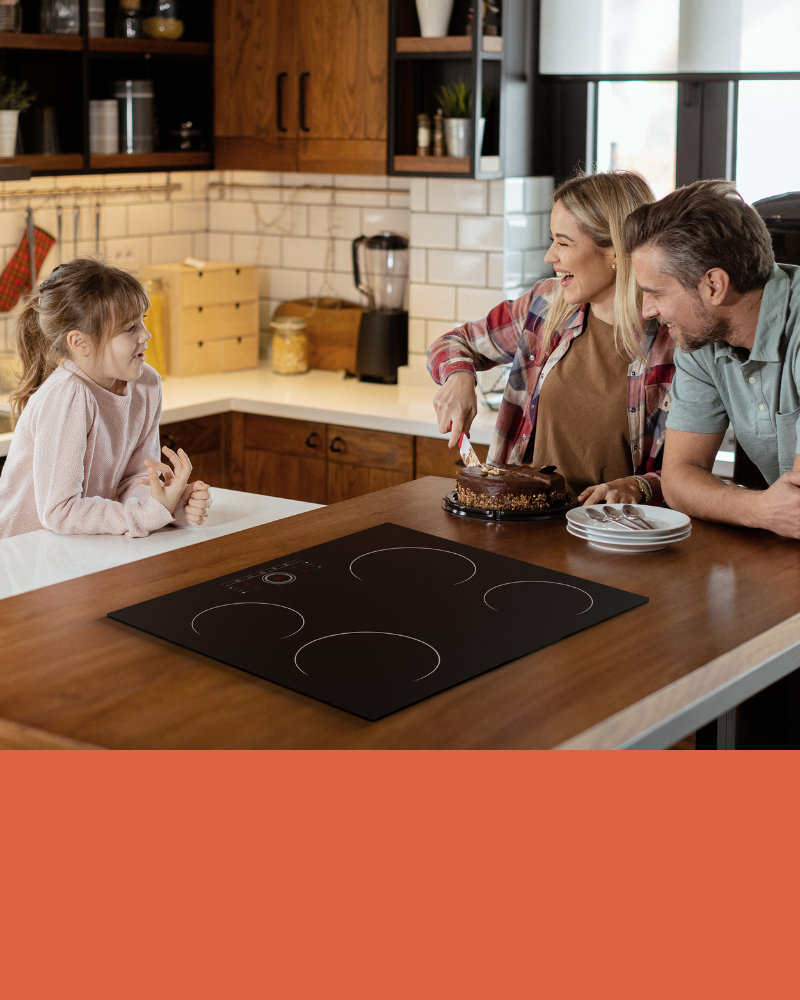
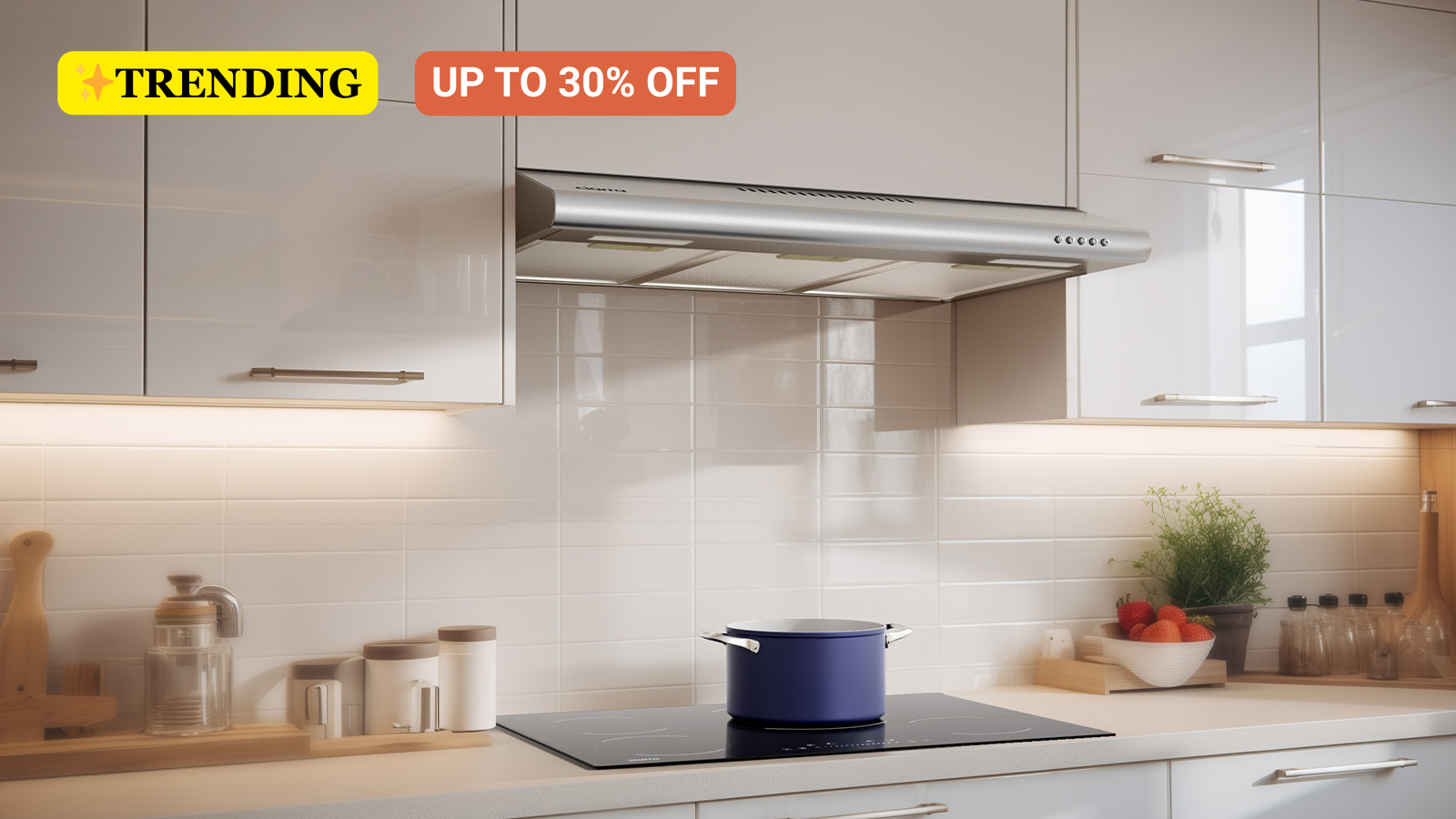
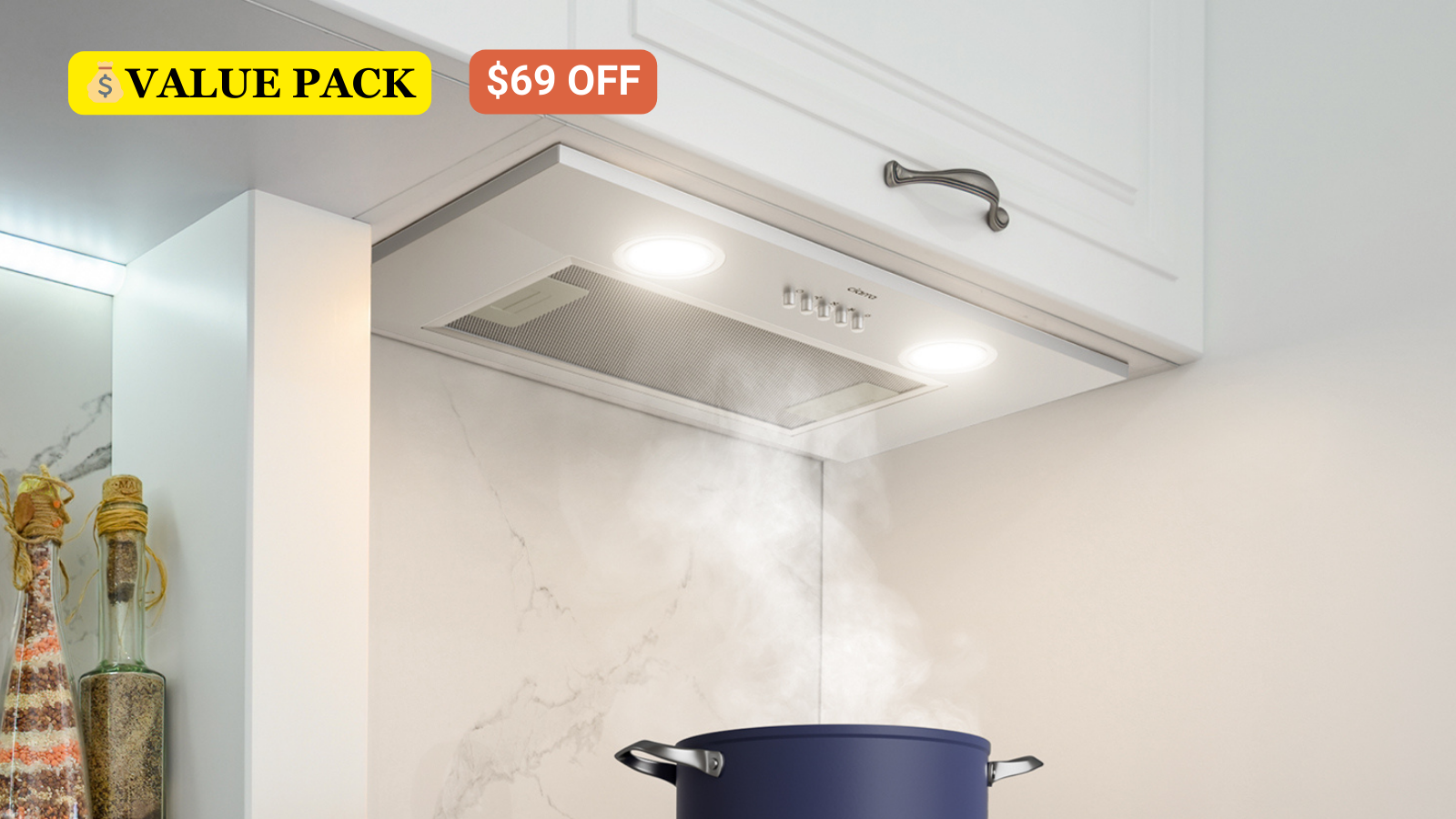
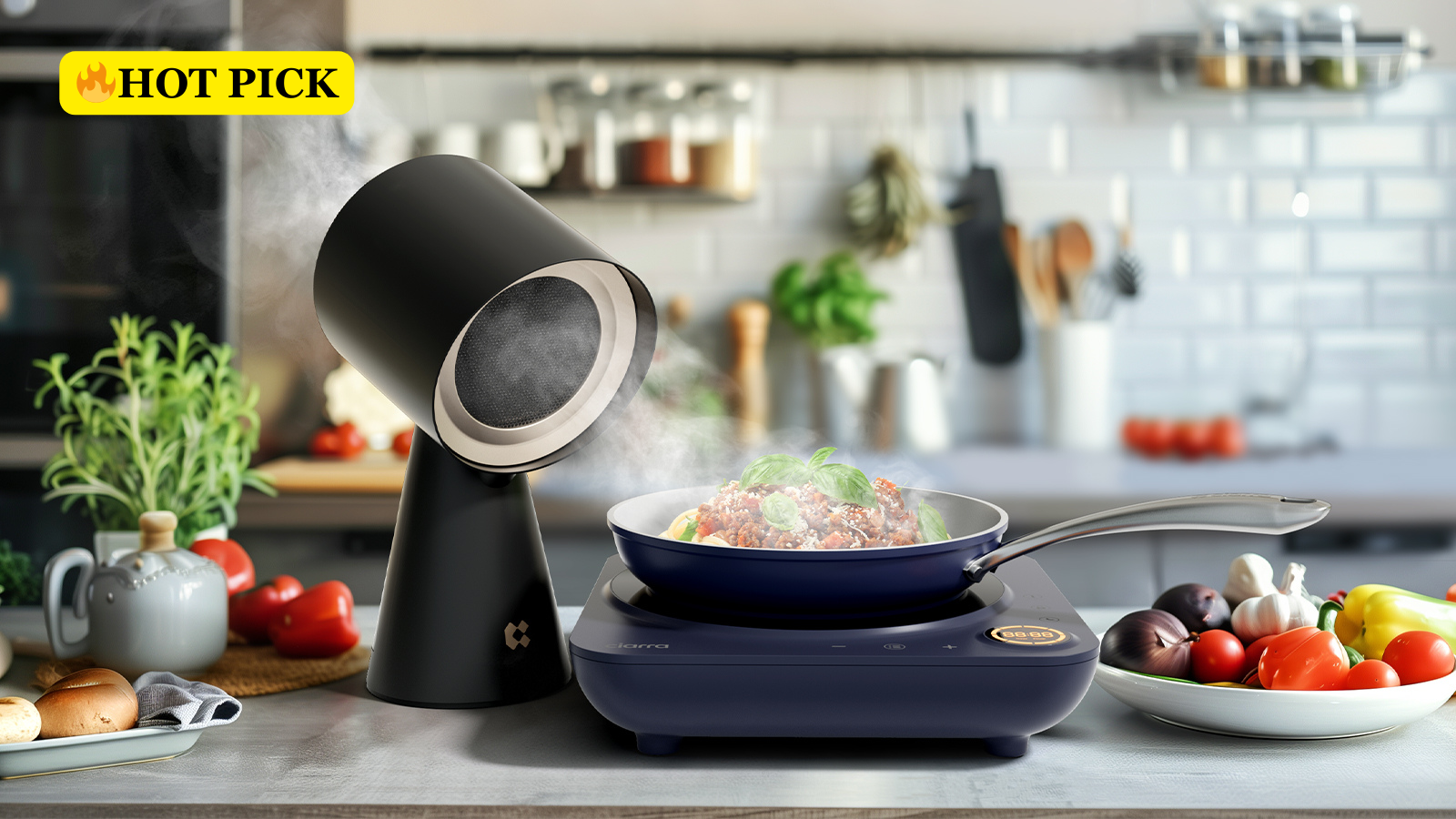
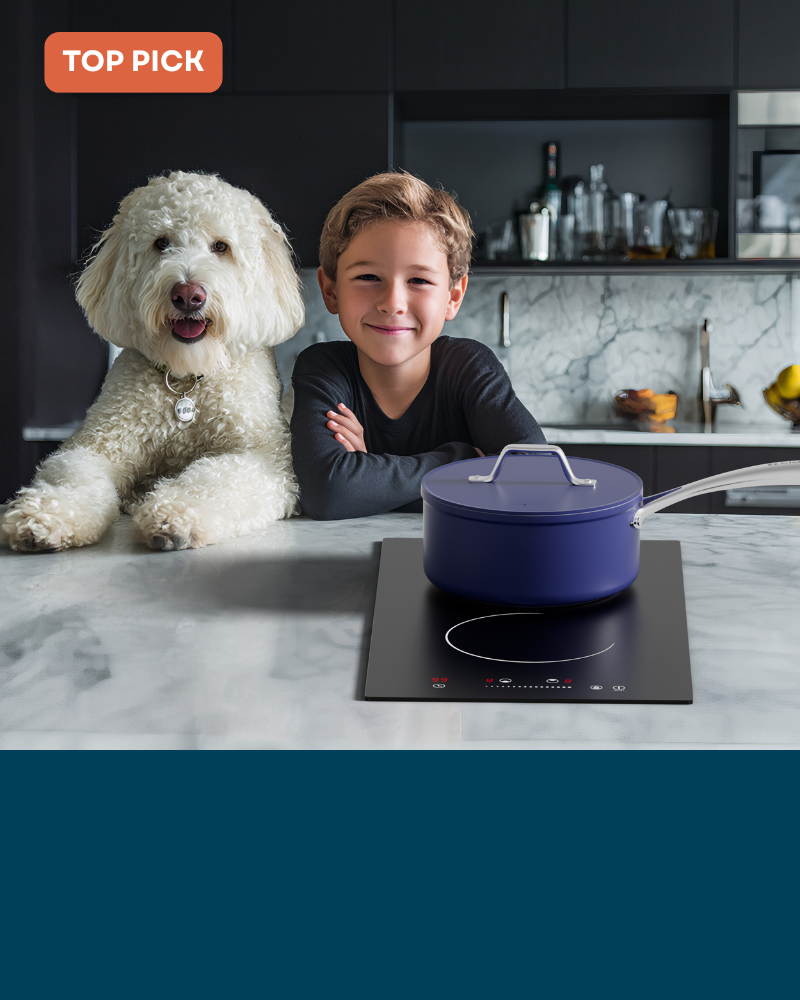
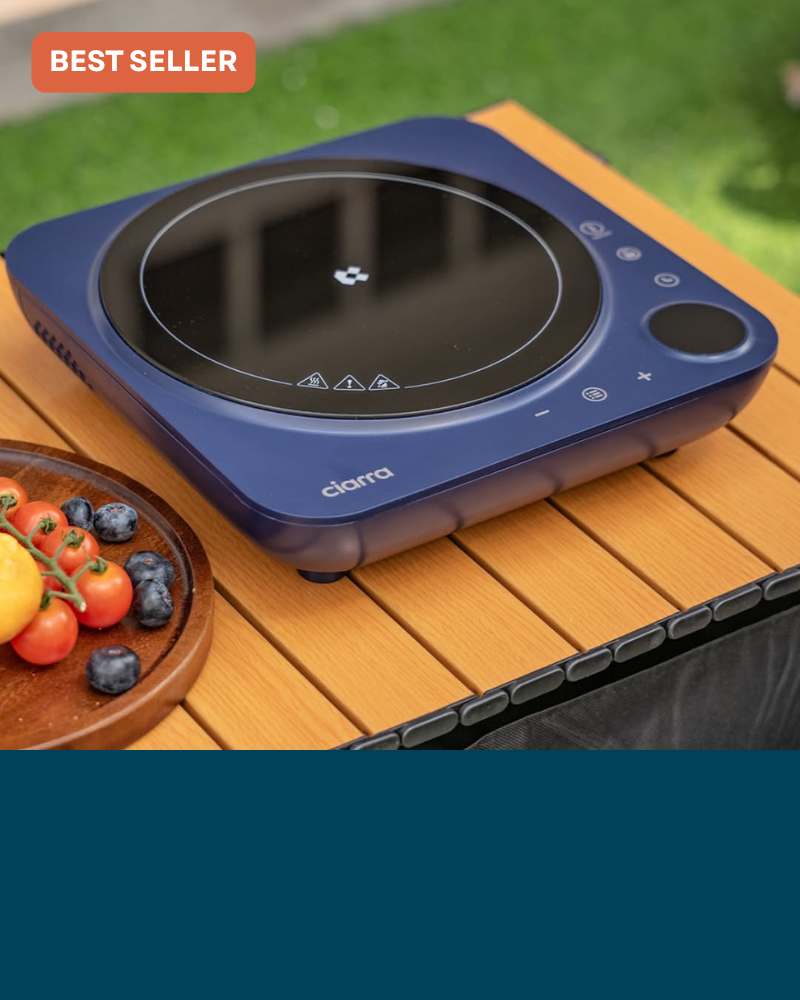

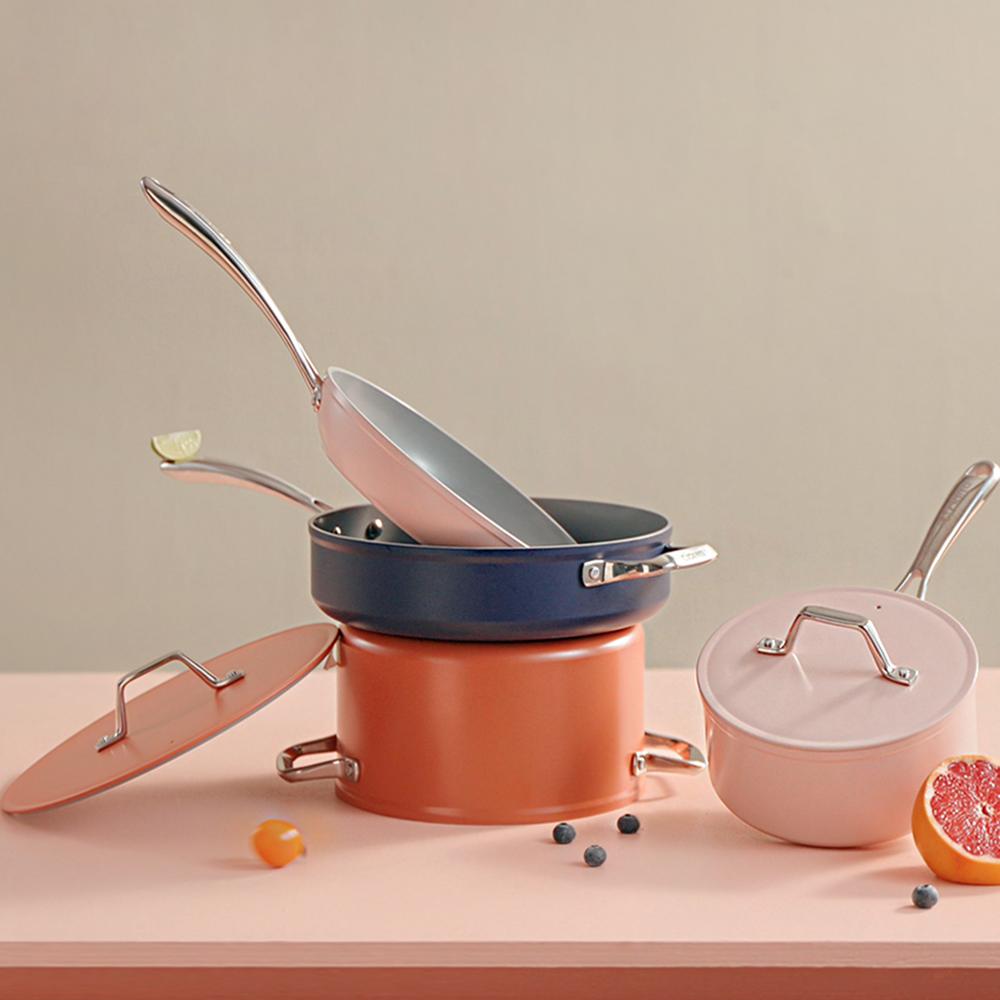
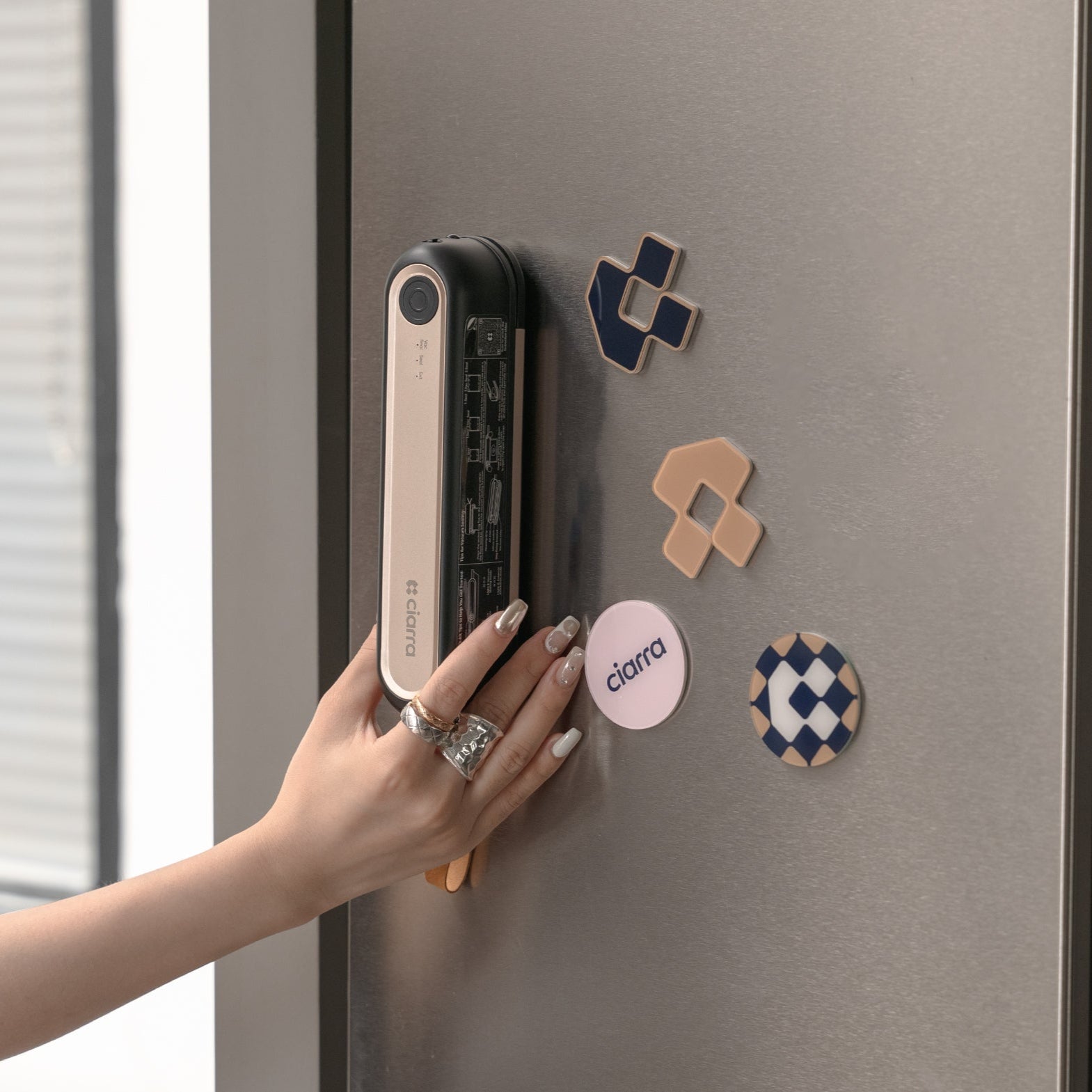
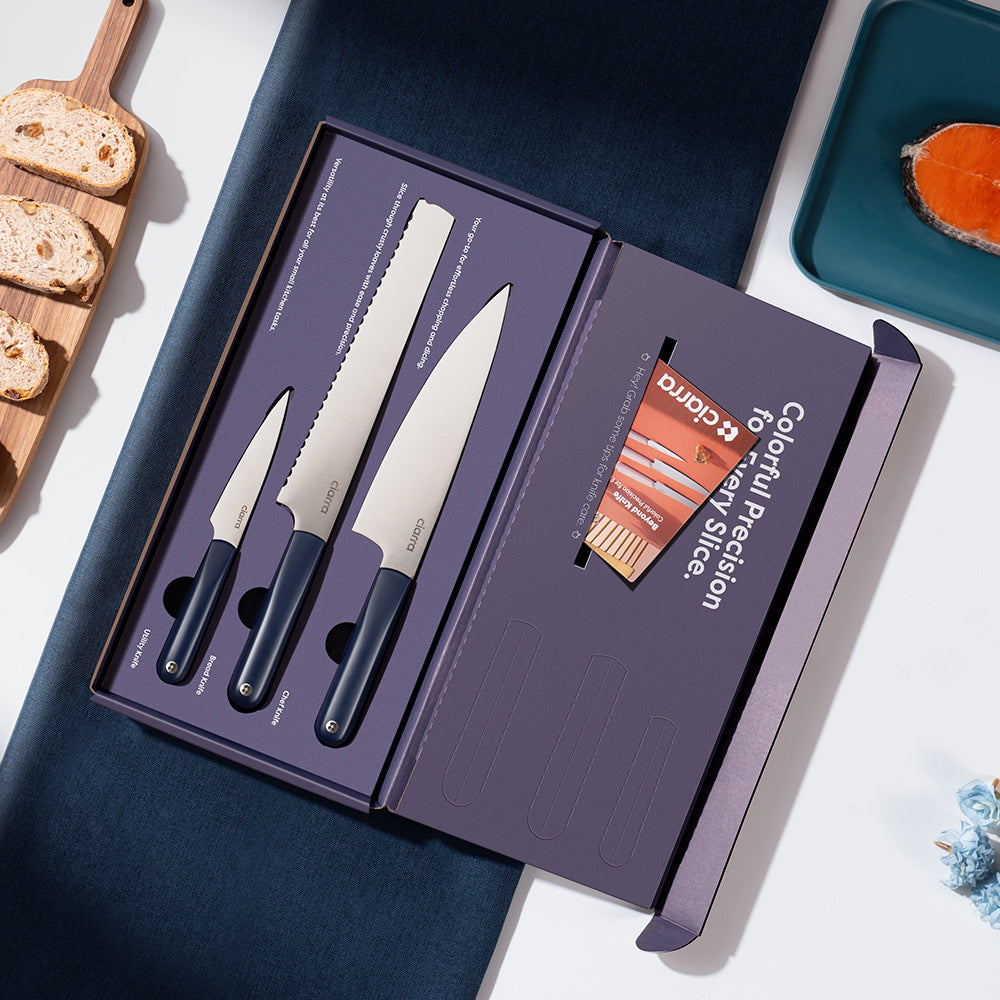


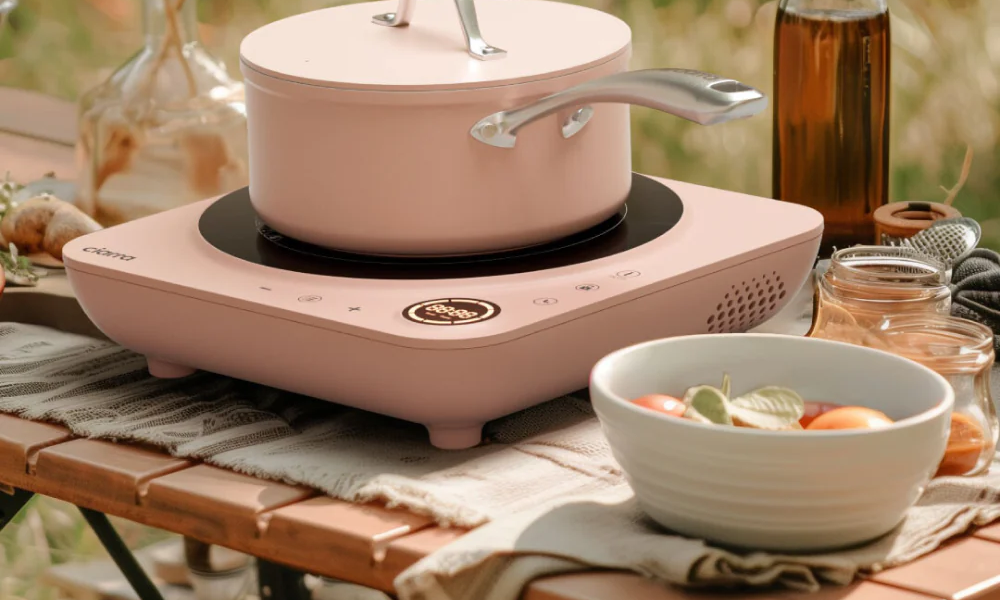
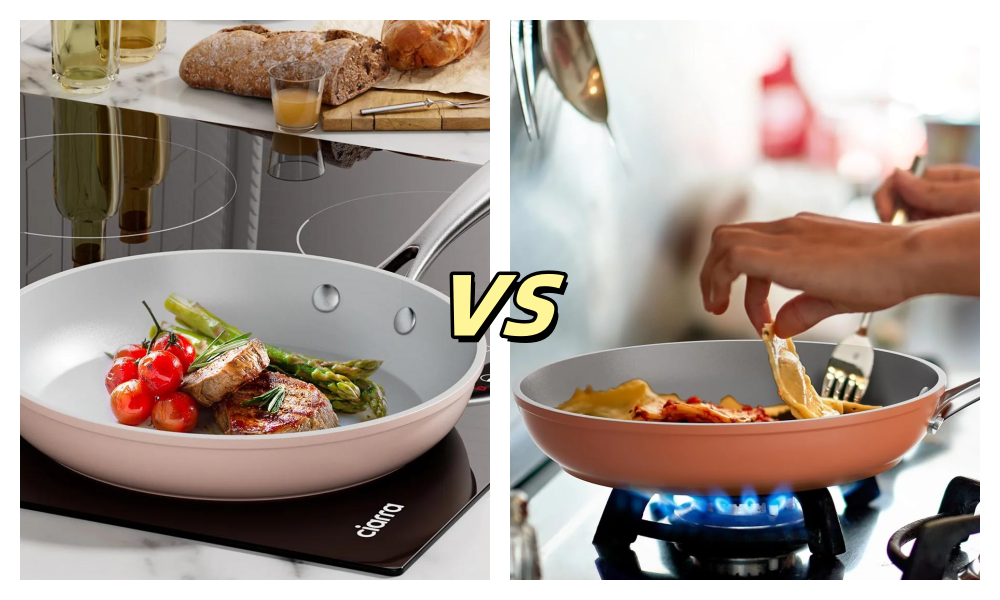
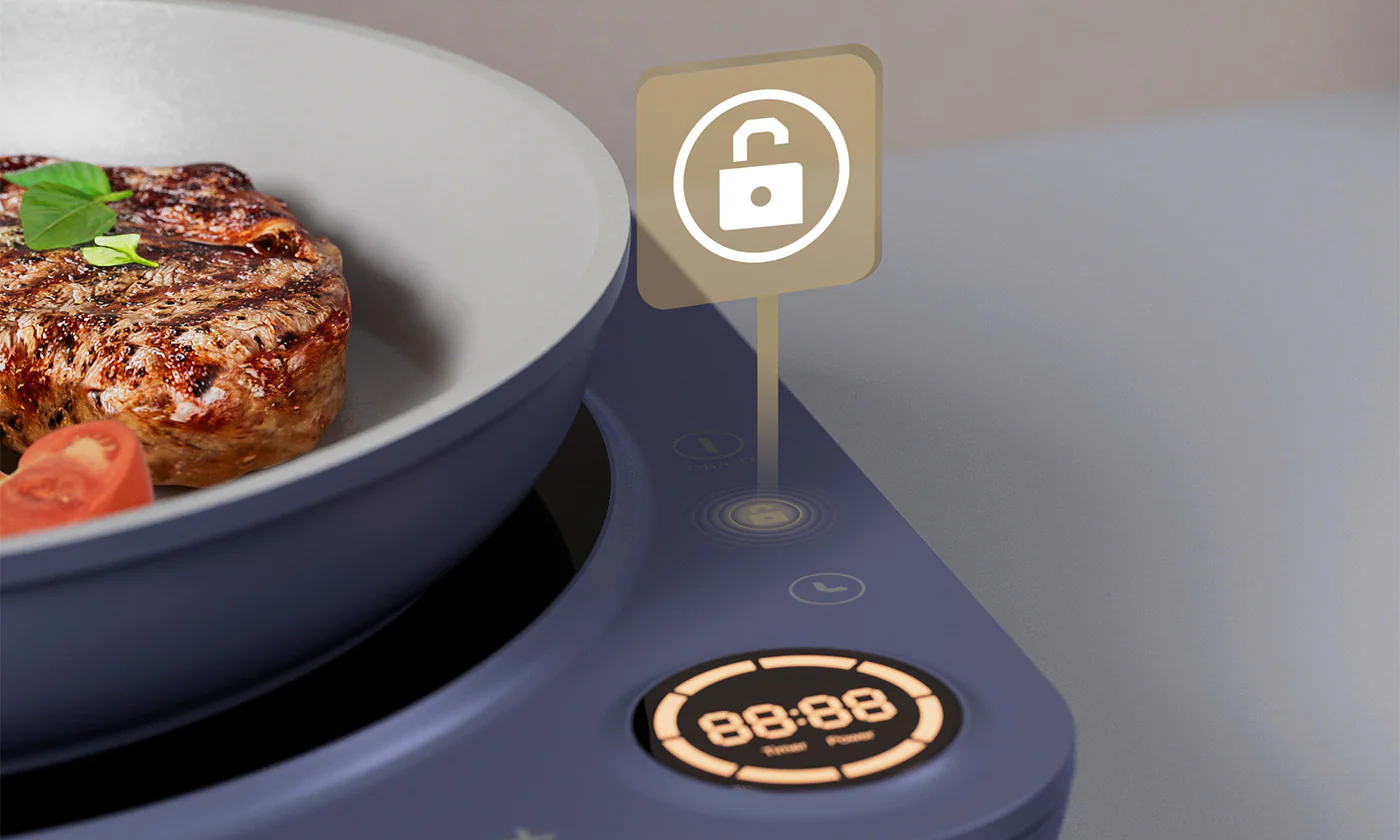
Zanechať komentár
Všetky komentáre sú pred zverejnením moderované.
Táto lokalita je chránená testom reCAPTCHA a vzťahujú sa na ňu pravidlá ochrany súkromia a podmienky poskytovania služby hCaptcha.